Nine UK Retail Predictions for 2019
As 2018 draws to a close and we start to dust down the office tinsel for another festive season, our thoughts inevitably turn to the coming year and what might be in store for the retail industry. Here’s what we predict:
1. A rise in value-based shopping
This comprises many elements, from sustainable practices to fair treatment of workers, to ethically sourced materials, eco-friendly packaging, a reduction of food miles, charitable support of the community, and more. 2018 saw a wealth of information coming in to the mainstream media including documentaries such as Attenborough’s Blue Planet, The True Cost, and Fashion’s Dirty Secrets, bringing these sorts of issues to the forefront of consumers’ minds and they have started to change their shopping habits as a result.

In 2019 we predict an increase in customer demand for retailers and brands to respond to specific issues and provide products that meet consumers’ new priorities. We will see more loose produce, and an increase in recyclable packaging in grocery stores. We will see a rise in ethically sourced products both through the rise of specialist stores and new ranges within traditional retailers; ethical brands and goods will become more mainstream. We will see supermarkets offering a wider range of locally sourced products. We will see a rise in retailers offering a charitable donation alongside product purchases. Retailers and manufacturers will become more transparent and sustainable along their supply chain in response to customer demands.
What each retailer or brand focuses on will vary depending on their product and customer base, but value-based shopping will certainly become an increasing demand.
2. More customisation
Online retailers have led the way in the use of artificial intelligence (AI) to customise the experiences of shoppers. Amazon, as ever, has been leading the pack but others are not far behind.
Where general adverts are an annoyance to our online shopping experience, what customers do like, and now even expect, are personalised product recommendations while we shop. And we will see this roll over to traditional retailers.
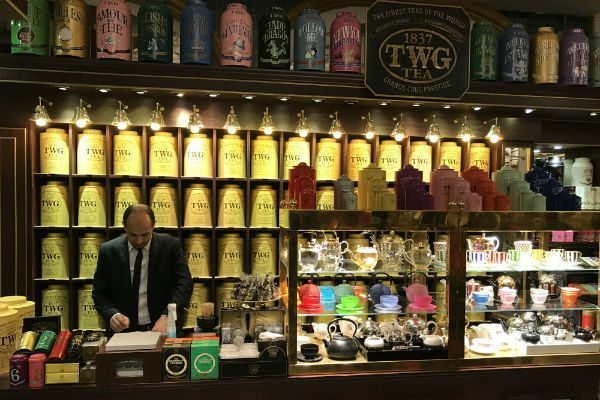
Combining AI with in-store machine learning and customer datasets will enable retailers to offer more targeted products and promotions to shoppers, as well online adverts and customised email marketing campaigns. The trick for retailers will be joining up their currently often disparate systems to gain meaningful, actionable answers to enable accurate customisation.
3. Omnichannel shopping
Retail and marketing will continue to blur. While we have heard a lot about the demise of the high street store, we do not think we will see an end to bricks and mortar retailers.
What we will see is a blurring of the in-store/online shopping experience. Shoppers begin their purchase journey long before they enter the store and in the coming year retailers will make this a more joined up process.
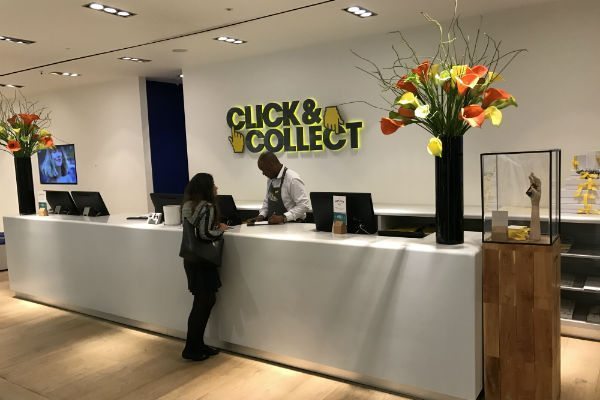
Omnichannel retailing links up online browsing, social media campaigns, marketing and in-store visits, providing a customer journey that is unique and customised to them. The key is to keep the customer engaged along the entire journey through to making a purchase.
With research reporting a customer retention rate of 89% for companies that use omnichannel engagement strategies, compared to just 33% that don’t, any retailer worth their salt will be placing focus on this during 2019.
4. More interactivity in stores
We will see a rise in the use of digital features in stores to provide a more interactive experience for shoppers. This will include the use of QR codes on POP displays, electronic shelf tags, in-store videos, product scanners etc linking customers to a YouTube video with a demo of the product, to product reviews, special promotions, and such like.

This is an extension of the omnichannel shopping journey; the aim is to engage the shopper along the entire journey towards the ultimate point of purchase. The key advantage that bricks and mortar stores have over online sites is the ability to bring the product in to the hand of the customer before they make a purchase. Providing interactive options for shoppers to give them the extra information they may need to make the purchase will only strengthen a retailer’s conversion to a sale.
Read more about the use of QR codes within retail.
5. Focus on customer experience
There will be an increasing focus on customer experience within stores. High streets will see more niche shops, concept stores and pop-up shops that offer something a bit different or special to consumers. Online will continue to do well for basic, staple products and a trip to the high street becomes more of an experience.
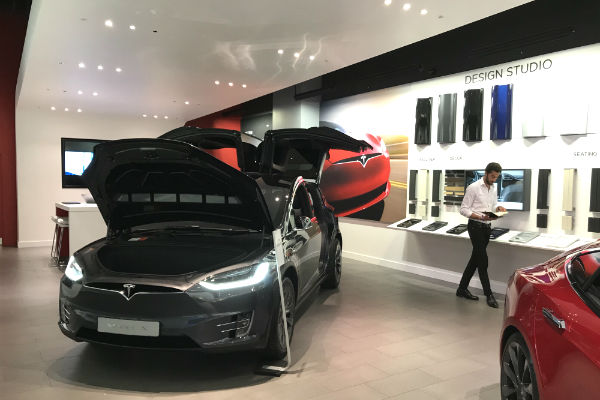
Concept stores offer high street shoppers the experiences they are looking for when they shop. Quirky, interesting, and engaging concept stores offer a shopping experience that cannot be replicated online. Concept stores are niche by their very nature so we cannot predict the types of stores we will see; consider the concept and niche stores we have written about this year – Story, Pud, Apple, Tesla…. Each is a completely different concept and offering, but what links them is their focus on the customer experience. The product of course is important, but it isn’t the focus. The focus in on providing fun and interesting ways for the customer to engage with the brand.
Read more about how pop-up shops can help boost retail sales.
6. Automation and technology
We will see a continuing rise of the use of technology and robots to automate tasks within retailers. 2018 saw the first Amazon Go store open to the public, and we will no doubt see a gradual increase in this new style of bricks and mortar store.
What we will see more commonly is the use of automation in the back office, in warehouses, in logistics and elsewhere speeding up processes and reducing costs for retailers.

The use of chatbots will increase, not just in helping deal with customer complaints which is where we have seen their role primarily thus far, but in enhancing the customer experience by engaging the customer and, by asking a few questions, making personalised recommendations. This type of conversational commerce helps shoppers to feel understood and supported by the retailer and can increase the likelihood of a sale as well as ongoing brand loyalty. The advantage of chat bots also is they are available 24/7 so shoppers can get extra support whenever they need it.
We will also see the use of automation technology to provide convenience to shoppers, such as queueing apps. Customers can use an app to queue virtually, leaving them free to browse or grab a coffee until they get an alert to take them directly to a waiting cashier. Waiting in line could become a thing of the past.
7. A more level playing field
Currently online retailers have a huge advantage over bricks and mortar stores as they have lower rent and rates overheads. This means online retailers are able to offer more competitive pricing on the same products found on the high street. To level the playing field, over the coming year we predict an increase in pressure to introduce a tax applied to online retailers to reduce this current advantage.
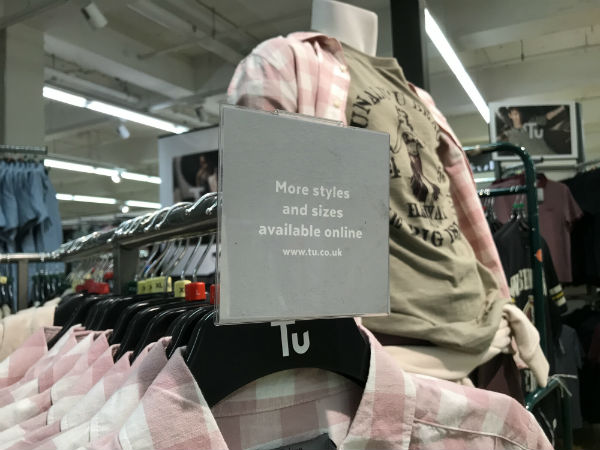
There will be a shake up of the rents and rates applied to shops on the high street, with landlords required to offer more appropriate and sustainable rent levels, and pressure from retailers to reduce rates. Both are currently too high for many retailers to feasibly meet in the current retail climate, and this has led to many store closures on the high street, from the smallest independents to some of our largest department stores. Which leads us quite nicely on to our next prediction.
8. Department store shake up
2018 was a pretty awful year for the department store. The effect of high rent levels on their buildings combined with changing shopping habits and continued pressure from online retailers led to the fall of House of Fraser, and for many others, including Debenhams, to struggle. In 2019 we will see department stores fighting back.
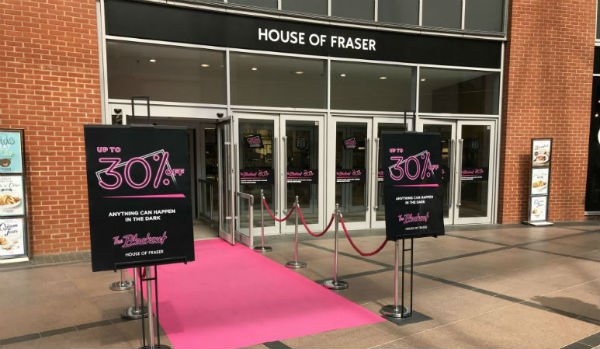
Stores may be reconfigured to reduce the traditional shop floor and introduce entertainment, customer experiences and concept areas within the free space. We may also see some collaboration between big retailer names – already Debenhams and House of Fraser are looking at buying together to get better deals. If this is a success, others may well follow suit.
There will be a move away from promotions and competing on price, and a move towards high-end retailing with a focus on quality. In the current climate, department stores will never be able to compete with the prices online retailers can offer, but what they can offer customers is a sense of grandeur, or of excitement, something special, or a memorable shopping experience. This is where their strength lies and we will see the transformation of department stores in the coming year as they fight back.
9. Social changes impacting retail
We are seeing the disappearance of the middle classes. Income inequalities are increasing and real wages have stagnated. Recent examples of the gilets jaunes rioting in France, the issues seen in the UK with increasing numbers turning towards food banks etc – standards of living are not going anywhere for many people.
We have a growing divide between the super-rich and the bottom poorest strata, and we are increasingly missing the bits in the middle.
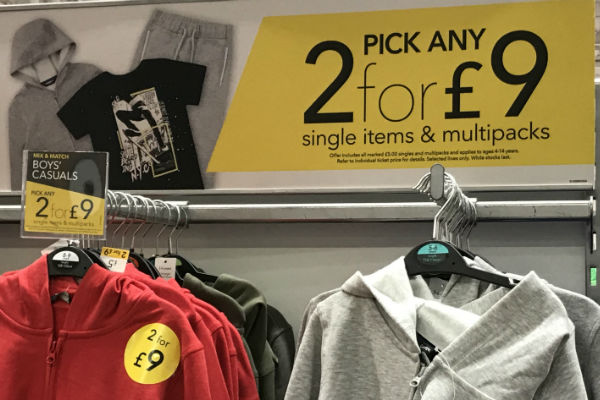
And this is in part why we see the likes of Marks & Spencer, Sainsbury’s, Asda and Tesco struggling. Their traditional customer base – the middle – is disappearing. Interestingly M&S is struggling to sell pants and bras, but food sales, which are higher-end, are performing more strongly.
Retailers will need to be ever-aware of the social changes taking place to ensure they remain relevant and attract shoppers through the coming year. For some, like House of Fraser, this means a brutal readjustment is necessary. Keep getting it wrong and the writing is on the wall.

Key takeaway
2019 will be the year of the customer. From retailers meeting their environmental and ethical demands, to concept stores and department stores providing customer experience, to customised, end-to-end omnichannel shopping. At the centre is the customer, and this will be the focus for retailers throughout 2019.
We will see big changes coming to the high street. These are long overdue and retail has been decimated to the point where we could feasibly lose our high street. The high street can still fight back, but it needs help. Will that help arrive in time?
Keep up to date throughout the year with our articles and thought pieces, sign up to receive our email newsletter.